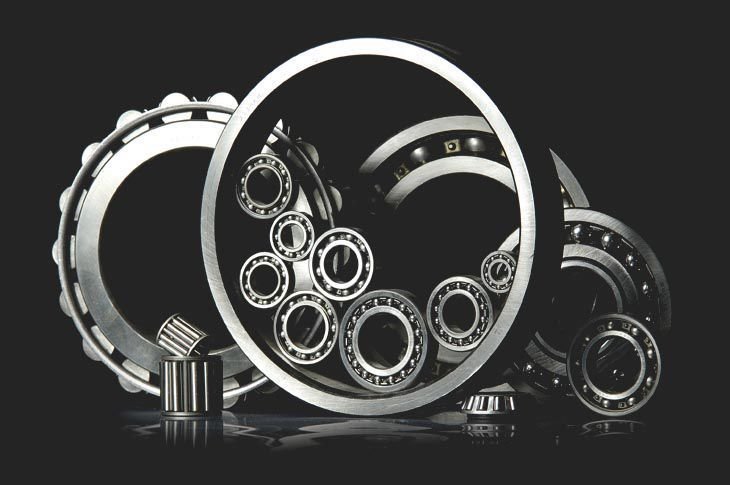Customer Service
History, Present Role and Future of Bearing Technology
10/09/2023
Bearings are mechanical components that have been an important technological development from the past to the present and will continue to play a major role in industrial applications in the future. Here's the past, present and future of bearings:
Past Bearings have become an essential part of machines and mechanisms developed by humans. The first bearings have been in use since ancient times. For example, the Egyptians and Romans used wooden and metal rollers to reduce slippage and friction in rotary movements. But modern bearings have become more sophisticated and effective, starting in the late 19th century with ball bearings designed by Swedish engineer Sven Wingquist.
Now: Today, bearings are used in many different applications, from industrial machinery and automobiles to household appliances and wind turbines. Bearings are used to transmit rotary motion smoothly and efficiently, reducing friction and preventing wear and energy loss. For this reason, they are considered one of the key components of modern industry.
The future Bearing technology is constantly evolving. In the future, bearings will continue to be made of more durable, more efficient and more sustainable materials. They will also be integrated with smart sensors and IoT (Internet of Things) technologies, making machine monitoring and maintenance easier. This will lead to better performance, longer life and less downtime in industrial plants.
Bearing technology will continue to play a critical role in many industries, including automation, manufacturing, energy generation and transportation. Future developments will make bearings an even more important component, making industrial processes more efficient and sustainable.

